Technological Innovations
Technological advancements are a pivotal driver in the Multi-Camera Vision Inspection System Market. Innovations in imaging technology, such as high-resolution cameras and advanced algorithms, are enhancing the capabilities of inspection systems. These developments enable real-time analysis and defect detection, which are essential for industries that require precision and speed. Furthermore, the integration of artificial intelligence and machine learning into these systems is revolutionizing the inspection process, allowing for adaptive learning and improved accuracy. As industries increasingly recognize the benefits of these technologies, the market is expected to witness a robust growth trajectory, with projections indicating a potential increase in market size by over 15% in the next few years.
Growing Focus on Automation
The Multi-Camera Vision Inspection System Market is significantly influenced by the growing focus on automation in manufacturing processes. As industries seek to enhance efficiency and reduce labor costs, the adoption of automated inspection systems is becoming more prevalent. Multi-camera systems facilitate high-speed inspections, enabling manufacturers to maintain production rates while ensuring quality. This shift towards automation is not only improving operational efficiency but also minimizing human error, which is crucial in high-stakes environments. Market analysis suggests that the automation segment within the inspection systems is likely to expand at a rate of 10% annually, reflecting the increasing reliance on technology to streamline production workflows.
Increased Investment in R&D
Investment in research and development is a significant driver for the Multi-Camera Vision Inspection System Market. Companies are allocating substantial resources to innovate and enhance their inspection technologies, aiming to meet the evolving demands of various sectors. This focus on R&D is fostering the development of more sophisticated systems that can perform complex inspections with greater accuracy and speed. As industries continue to prioritize quality and efficiency, the emphasis on developing cutting-edge inspection solutions is expected to propel market growth. Recent data indicates that R&D expenditures in the inspection technology sector have risen by approximately 12% over the past year, highlighting the commitment to advancing multi-camera vision systems.
Rising Demand for Quality Control
The Multi-Camera Vision Inspection System Market is experiencing a notable surge in demand for enhanced quality control measures across various sectors. Industries such as manufacturing, automotive, and electronics are increasingly adopting these systems to ensure product integrity and compliance with stringent quality standards. The integration of multi-camera systems allows for comprehensive inspections, reducing the likelihood of defects and recalls. As companies strive to maintain competitive advantages, the emphasis on quality assurance is likely to drive the adoption of advanced inspection technologies. Market data indicates that the quality control segment is projected to grow at a compound annual growth rate of approximately 8% over the next five years, underscoring the critical role of multi-camera vision systems in achieving operational excellence.
Regulatory Pressures and Compliance
Regulatory pressures and compliance requirements are increasingly shaping the Multi-Camera Vision Inspection System Market. As governments and regulatory bodies impose stricter quality standards across various sectors, companies are compelled to adopt advanced inspection technologies to ensure compliance. Multi-camera vision systems provide the necessary tools to meet these regulations, offering precise and reliable inspection capabilities. This trend is particularly evident in industries such as food and pharmaceuticals, where adherence to safety standards is paramount. The market is likely to see a sustained increase in demand for inspection systems as organizations strive to avoid penalties and maintain their reputations. Projections indicate that compliance-driven investments in inspection technologies could lead to a market growth rate of around 9% in the coming years.

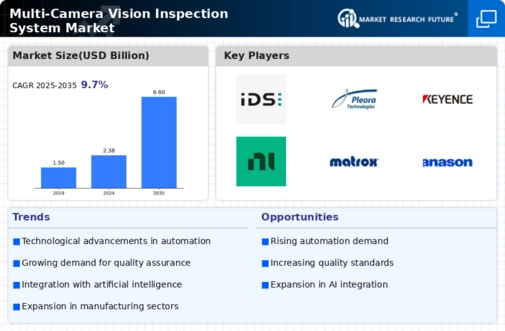
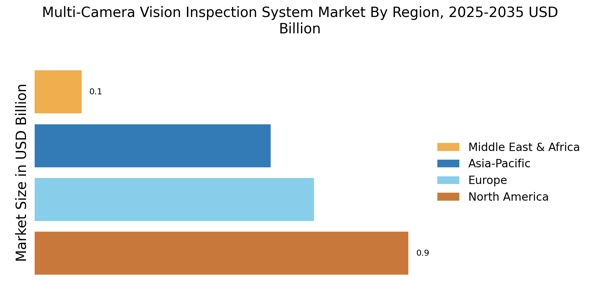
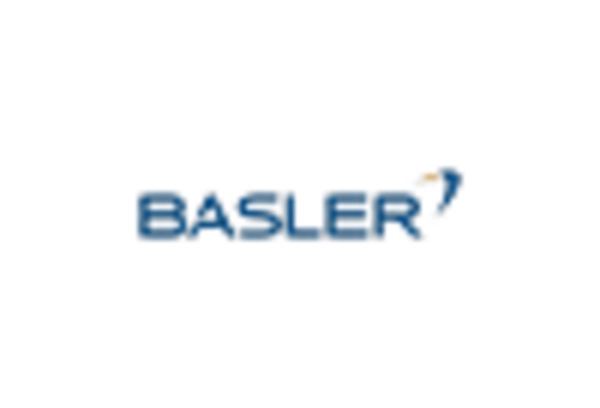
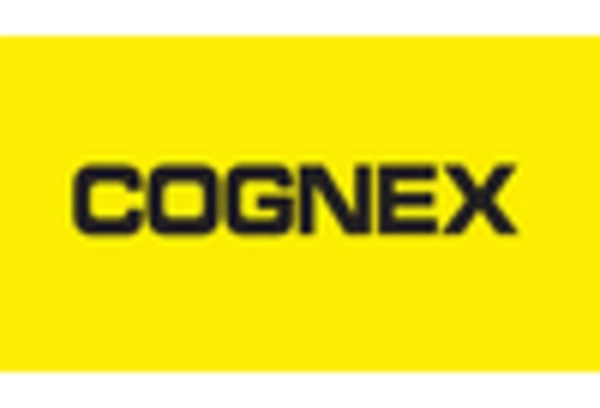
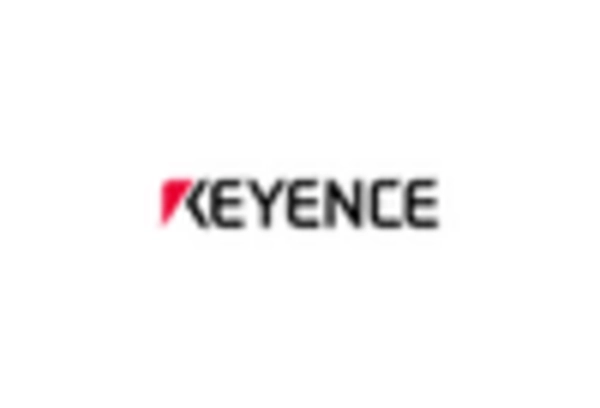
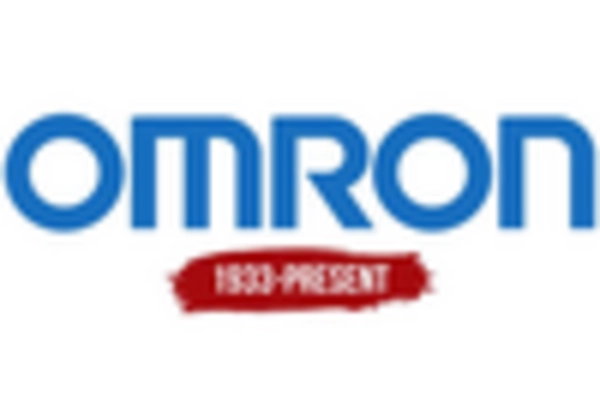
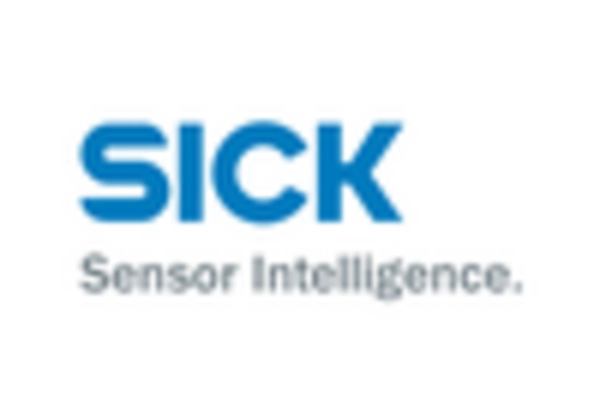
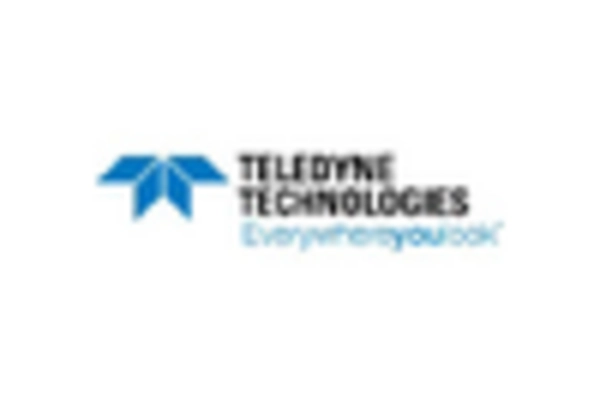








Leave a Comment